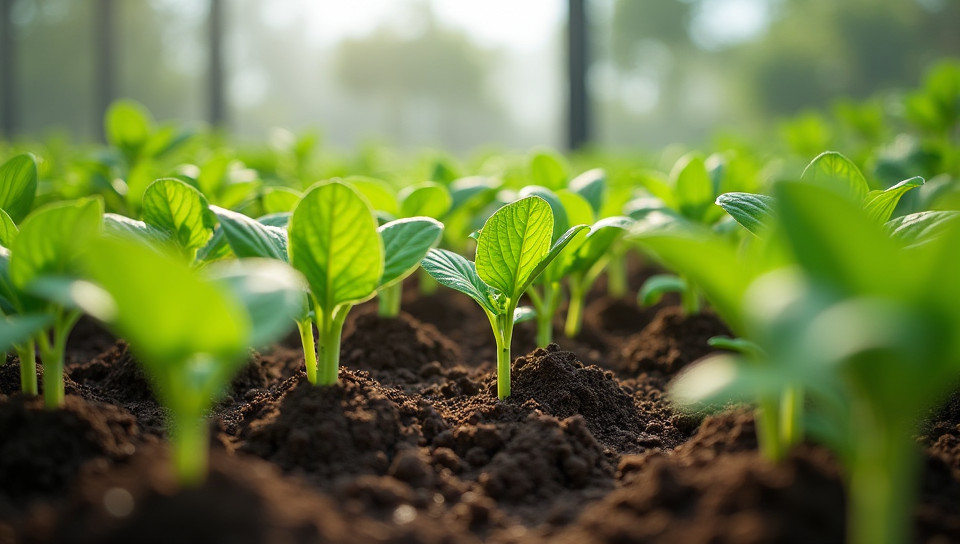Soil contaminants can still be present in hydroponics 81%

The Hidden Dangers of Hydroponics: Soil Contaminants Remain
As we increasingly turn to hydroponics and other soilless cultivation methods, it's natural to assume that the risks associated with traditional soil-based farming have been mitigated. However, a closer look at the science reveals that soil contaminants can still be present in hydroponics, posing significant threats to human health and the environment.
The Risks of Soil Contaminants
Soil contaminants are substances that can cause harm to humans, animals, or plants when ingested, inhaled, or otherwise exposed. These can include heavy metals like lead and mercury, pesticides, herbicides, and industrial chemicals. While hydroponics eliminates the need for soil, it does not eliminate the risk of contamination.
Sources of Soil Contaminants
Soil contaminants can enter the hydroponic system through a variety of means:
- Poorly maintained equipment
- Unclean water or nutrient solutions
- Contaminated irrigation systems
- Reuse of old growing mediums without proper sanitization
These sources can introduce a wide range of pollutants into the hydroponic system, posing risks to plant growth and human health.
Consequences of Soil Contamination in Hydroponics
Soil contaminants in hydroponics can lead to:
- Reduced crop yields
- Decreased plant quality
- Increased risk of disease and pest infestations
- Potential harm to consumers who ingest contaminated produce
In addition, the environmental impact of soil contamination in hydroponics should not be underestimated. Pollutants can leach into waterways, harming aquatic ecosystems and posing long-term risks to human health.
Mitigating the Risks
While the presence of soil contaminants in hydroponics is a concern, there are steps that can be taken to mitigate these risks:
- Regularly test for pollutants
- Implement robust cleaning and sanitization protocols
- Use high-quality equipment and materials
- Monitor water and nutrient solutions carefully
By taking a proactive approach to monitoring and mitigating the presence of soil contaminants in hydroponics, growers can minimize risks to human health and the environment.
Conclusion
The presence of soil contaminants in hydroponics is a pressing concern that requires attention from growers, policymakers, and consumers alike. By understanding the sources of contamination, taking steps to mitigate these risks, and prioritizing transparency and accountability, we can create a safer and more sustainable food system for all.
- Created by: Sophia Evans
- Created at: Feb. 1, 2025, 1:29 p.m.
- ID: 19838




